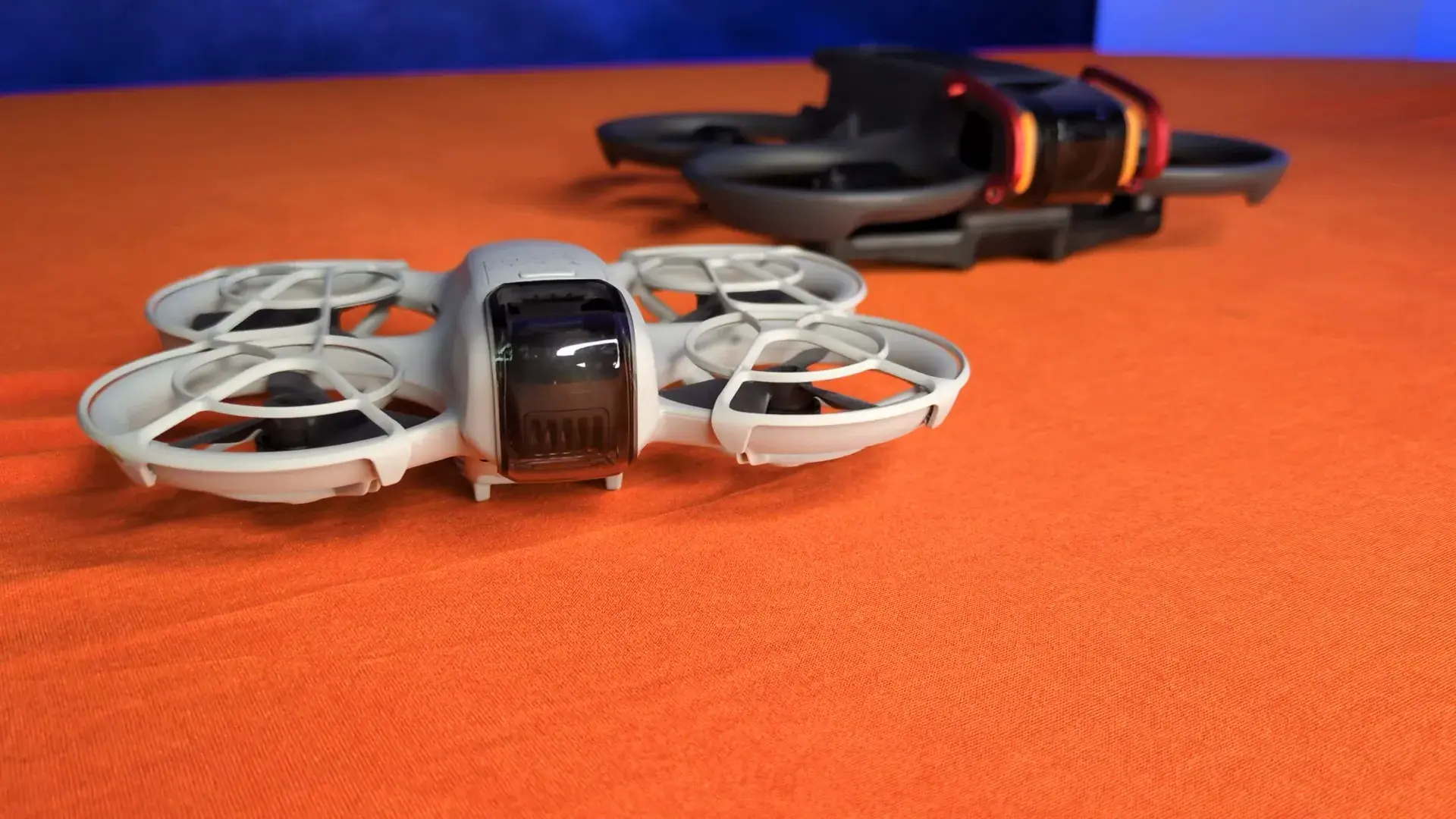
If you're a drone pilot wanting to fly beyond basic limits, you'll need an Operational Authorisation from the CAA. This formal permission is essential for Specific Category operations, defining your unique privileges and restrictions.
While it unlocks more advanced flights, securing this authorisation isn't a straightforward process. You must first understand the key requirements you'll need to meet and precisely what this permission allows you to do.

30 Second Summary
- An Operational Authorisation is formal CAA permission for drone flights that exceed basic Open Category limits.
- It is required for flying drones over 250g closer than 150m to populated areas or above 400ft.
- The most common authorisation, PDRA01, allows VLOS operations in residential, commercial, and industrial areas.
- Pilots must first earn a General Visual Line of Sight Certificate (GVC) to prove their competency.
- It serves as a rulebook, defining privileges like drone weight and restrictions like distance from people.
What Is Drone Operational Authorisation?
When your drone operations go beyond the limits of recreational flying, you'll need an Operational Authorisation.
Think of it as your formal permission from the UK Civil Aviation Authority (CAA) to operate within the Specific Category.
This crucial authorisation officially replaced the old Permission for Commercial Operations (PfCO) system. It’s not a blanket approval; instead, it specifically defines what types of drone operations you can legally and safely conduct based on your approved Operations Manual.
The final document you receive outlines your unique privileges, limitations, and operational boundaries. It dictates everything from the maximum weight of the drone you can fly to specific location permissions and required safety distances from uninvolved people.
It also details the exact operational procedures you must always follow to maintain compliance. It's your personalised rulebook for advanced flying, ensuring every flight remains within the legal and safe parameters set by the CAA.
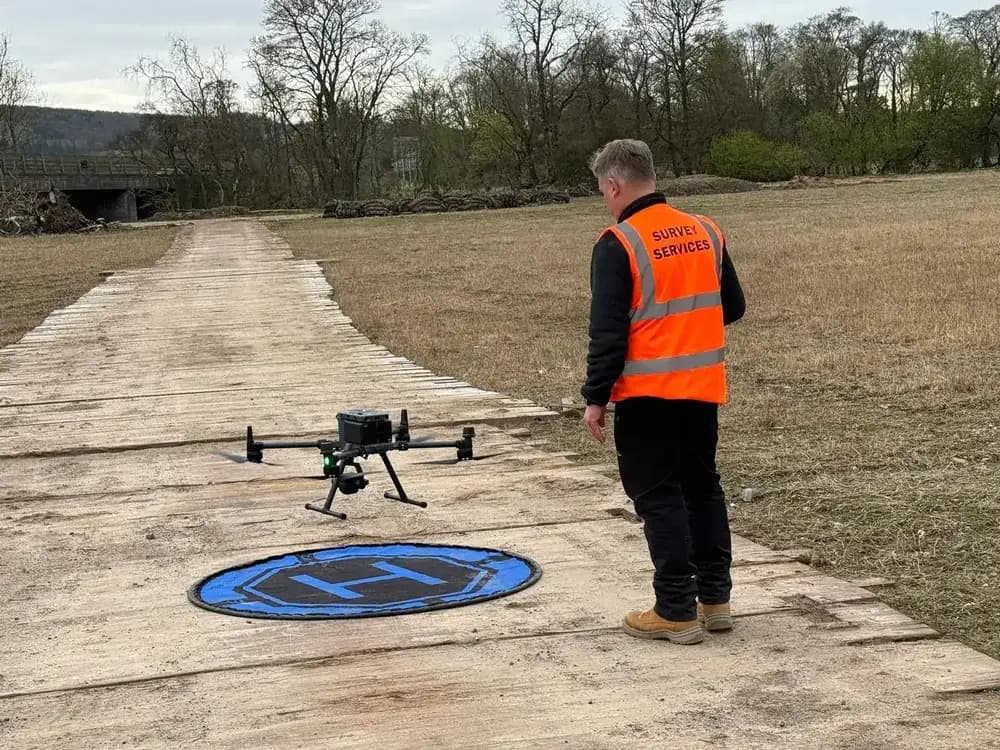
When an Operational Authorisation Is Required
You'll need to get an Operational Authorisation anytime your drone flights exceed the basic limits defined in the Open Category. Essentially, if you want to conduct operations that are considered higher risk, this formal permission from the CAA is mandatory and places you in the Specific Category.
For instance, you're required to get one if you plan to fly your drone (weighing over 250g) closer than 150 metres to residential, commercial, or industrial areas. Without it, you must maintain that distance.
Other common scenarios requiring this authorisation include flying above the standard 400ft (120m) limit, operating Beyond Visual Line of Sight (BVLOS), or flying close to crowds. Dropping any materials from your drone or conducting swarm operations also mandates official permission. If your flight plan isn't a simple, low-risk one, you’ll almost certainly need to apply for an Operational Authorisation.

Types of Operational Authorisation
When you're ready to apply, you'll find two main types of Operational Authorisation. The most common one for standard flights is the PDRA01 (Pre-Defined Risk Assessment). For more complex scenarios, you'll need a UK SORA (Specific Operations Risk Assessment).
PDRA01 (Pre-Defined Risk Assessment)
Since PDRA01 (Pre-Defined Risk Assessment) is the most common type of Operational Authorisation, it's the one you'll likely apply for first. It allows you to fly drones (250g-25kg) within visual line of sight (VLOS) in residential, commercial, and industrial areas, granting permissions where the Open Category restricts you. To apply, you must first complete your General Visual Line of Sight Certificate (GVC) training.
For an annual cost of £500, your PDRA01 is valid for 12 months. It lets you maintain 50m from uninvolved people, reducing to 30m during takeoff and landing.
Plus, you get the flexibility of 24-hour operations, as PDRA01 covers night flying. This authorisation is your essential entryway into a wide range of professional drone operations.
UK SORA (Specific Operations Risk Assessment)
While PDRA01 covers a broad range of standard operations, more complex flights demand a UK SORA (Specific Operations Risk Assessment). If you're looking to push the boundaries of drone flight, you'll need to use this methodology.
Think of operations like flying beyond your visual line of sight (BVLOS), dropping items from your drone, or operating close to large crowds. You'll also need a SORA if you intend to fly above 120m (400ft) or conduct swarm operations with multiple drones.
This detailed risk assessment process replaced the previous OSC (Operating Safety Case) system. It requires you to meticulously analyze every aspect of your proposed flight, proving to the CAA that you've identified all potential risks and have robust mitigation measures in place.
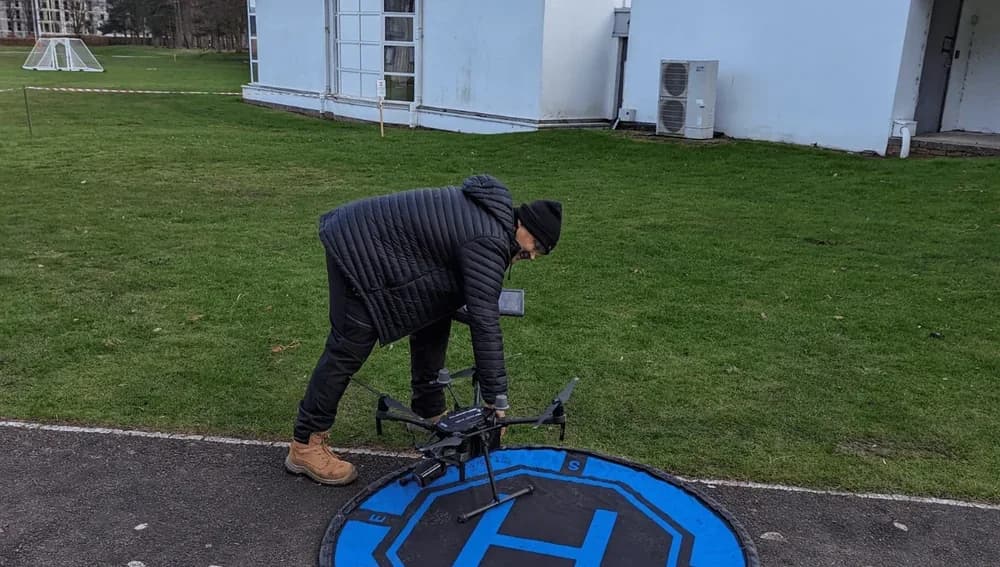
Key Requirements for Gaining Authorisation
To gain an Operational Authorisation, you'll need to submit risk assessments and evidence demonstrating that you can operate safely and legally.
This involves creating a detailed Operations Manual that outlines your specific procedures. Your manual explains everything from pre-flight checks to emergency responses, proving to the CAA that you've considered all potential hazards and have robust mitigation strategies in place.
For the most common type, PDRA01, the core requirement is earning your General Visual Line of Sight Certificate (GVC). It's crucial to understand that simply passing your GVC training doesn't automatically grant you any permissions.
Instead, the GVC is the essential qualification you need to prove your drone pilot competency to the regulator. You'll then use this certificate as the cornerstone of your official application to the CAA, which allows them to grant your final authorisation.

What Your Authorisation Permits and Restricts
Once you've secured your Operational Authorisation, it acts as your official rulebook from the CAA, defining the specific privileges and limitations for your drone activities. This document is tailored to your specific operations, outlining exactly what you can and can't do.
For instance, a common PDRA01 authorisation lets you fly drones up to 25kg within residential, commercial, and industrial areas. It specifies crucial safety distances, like maintaining at least 50 metres from uninvolved people, which can be reduced to 30 metres during takeoff and landing.
Your authorisation also sets clear boundaries. It details maximum drone weights, approved locations, and grants permission for night flying.
A standard authorisation like PDRA01 restricts you to Visual Line of Sight (VLOS) flights. If you're planning more complex tasks—like flying Beyond Visual Line of Sight (BVLOS), dropping items, or operating near crowds—you'll need a separate, more advanced UK SORA.
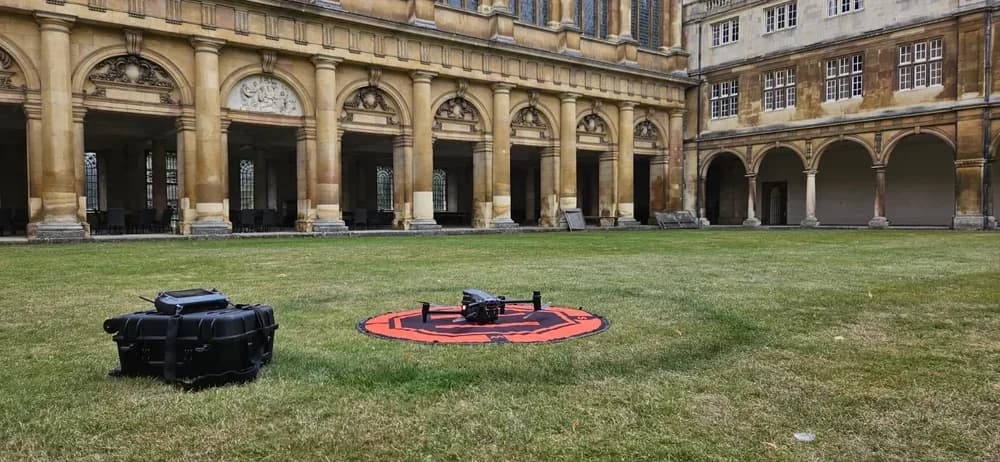
Frequently Asked Questions
How Do I Renew My Operational Authorisation?
To renew your Operational Authorisation, you'll apply directly to the UK Civil Aviation Authority (CAA) before it expires. Since it's typically valid for 12 months, you must re-apply annually.
For a standard PDRA01, you'll pay the £500 renewal fee. You're confirming you can still operate safely, so ensure your Operations Manual is current. Submit your application and payment through the CAA's portal to ensure you don't lose your specific category permissions.
Can I Use My UK Operational Authorisation Abroad?
No, you can't use your UK Operational Authorisation abroad. Your authorisation is specifically granted by the UK's Civil Aviation Authority (CAA) and it's only valid for drone operations within the United Kingdom.
To fly commercially in another country, you'll need to research and comply with that nation's specific drone laws. This typically involves applying for a separate permission from that country's aviation authority before you can legally operate your drone there.
Do I Need Special Insurance With an Operational Authorisation?
Yes, you absolutely need special insurance.
For flights under an Operational Authorisation, you're legally required to hold a policy that's compliant with EC785/2004.
This differs from standard hobbyist insurance, as it must cover the specific commercial or complex operations you're conducting. The CAA will require you to provide proof of this coverage when you apply for your authorisation, ensuring you're insured before you fly under these permissions.
How Long Does the CAA Application Process Take?
The provided information doesn't specify how long your CAA application process will take. It outlines the requirements, such as needing a GVC to apply, and details the costs and validity of authorisations like the PDRA01.
However, it doesn't give a timeline for the CAA's review and approval period. You'll need to check the official CAA website for current processing times, as this crucial detail isn't covered in the given text.

What if I Need to Change My Approved Operations?
If you need to change your approved operations, you must update your Operations Manual. When your new activities aren't covered by your current Operational Authorisation, like a PDRA01, you'll need a new one.
For more complex flights, such as flying beyond visual line of sight, this requires applying for a UK SORA. You'll submit a new risk assessment to the CAA, and you can't conduct these flights until you receive their formal approval.
Find CAA-Approved Drone Pilots for Your Advanced Project
Navigating the complexities of the Specific Category to secure an Operational Authorisation is a significant undertaking for any drone pilot. For businesses needing these advanced aerial services, finding a properly qualified and authorised operator is a critical challenge.
HireDronePilot solves this problem directly. Our network consists of professional drone operators who already hold the necessary GVC qualification and a valid Operational Authorisation from the CAA. We are the UK's premier managed marketplace, "connecting businesses with verified professional drone pilots for hire."
Our platform allows you to "streamline drone services through competitive bidding," "ensuring quality, compliance, and value for every aerial project across the United Kingdom." For any job that requires flights beyond basic limits, you can hire a professional UK drone pilot who is ready to meet your requirements.
Post your project today to connect with experienced, CAA-authorised drone operators equipped to handle your advanced aerial needs safely and legally.
About the Author

Written by
Peter Leslie
Peter Leslie is a CAA-approved commercial drone pilot with 10+ years experience and over 10,000 flight hours. He holds the GVC and A2 CofC drone licences with full CAA Operational Authorisation. Peter is a member of ARPAS-UK, the UK's non-profit trade association for the drone industry. He founded HireDronePilot to connect UK businesses with qualified, insured drone operators.
Looking for More Drone Work?
Join the UK's leading network of professional drone pilots and grow your business.
Open Access
Bid on any job - all jobs open to all pilots
Grow Revenue
Access high-value commercial projects
Stay Busy
Fill your schedule with regular work
Related Articles

Our Drone Survey Service In Stirling, Scotland
Bringing you Stirling drone survey data from areas no one else can fly.

How Much Does A Drone LiDAR Survey Cost
Forecasting your drone LiDAR survey cost requires understanding what's hidden beyond the initial quote.
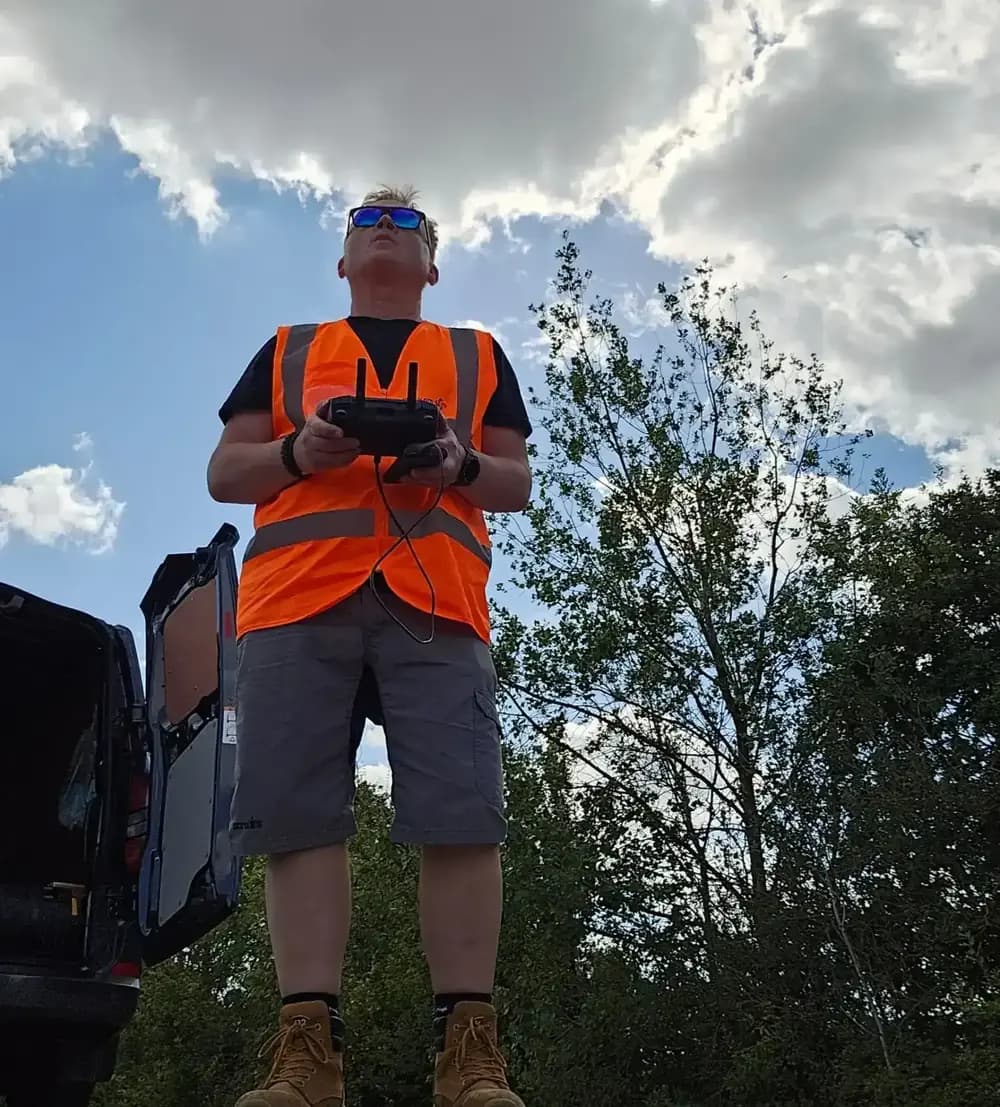
Step By Step Process Of Drone LiDAR Survey
Next, discover the crucial post-flight steps that determine your survey's success.
